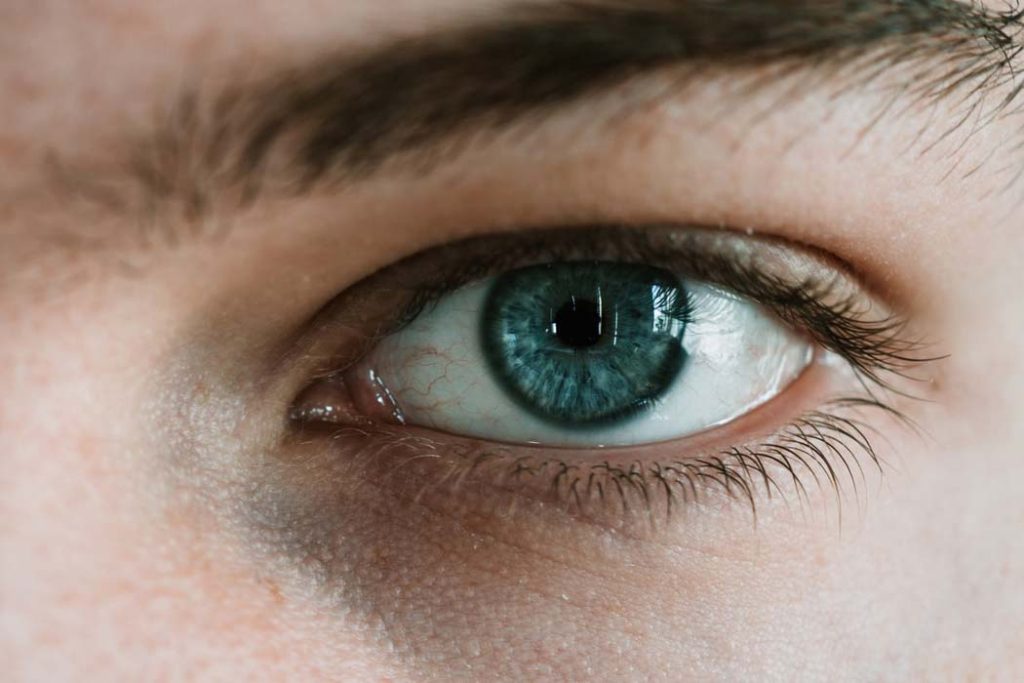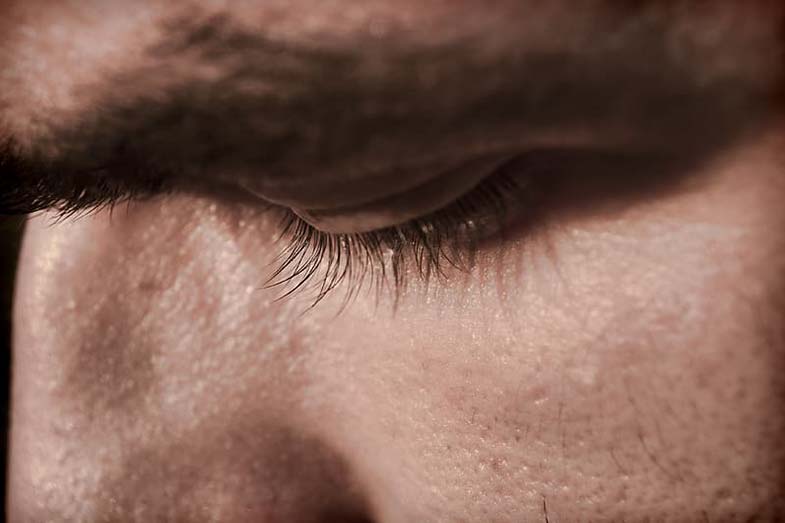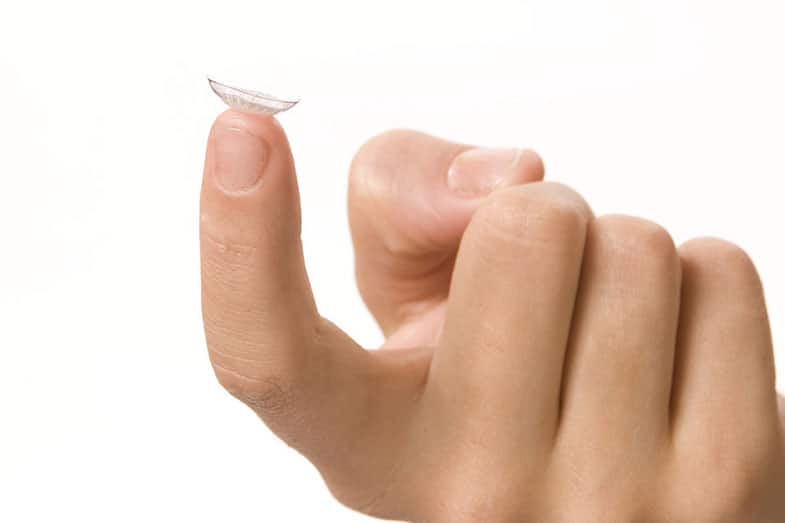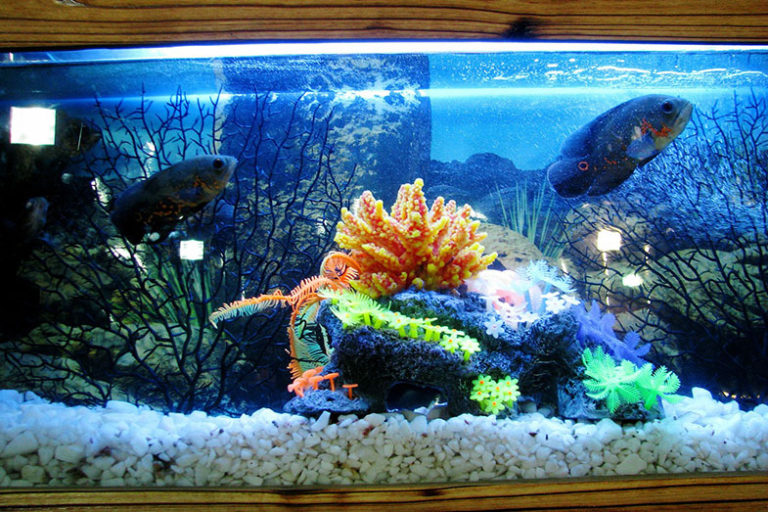Is It Safe to Sleep With Air Optix Aqua Contact Lenses On?
Disclosure: We may get commissions for purchases made through links in this post.
Unlike prescription glasses, removing your contact lenses before dozing off in your bed takes quite some time and specific precautionary measures. That is why the question “Is it safe to sleep with Air Optix Aqua Contact Lenses on?” is common among users. Not only that, but Air Optix is also famous for incorporating new features in each of their lenses so their products might be wearable even when you’re asleep.
So, is it safe to sleep with Air Optix Aqua Contact Lenses on? Generally speaking, you should not wear contact lenses while sleeping, and even when taking a nap. However, Air Optix uses special technology to ensure you can wear their Aqua line, specifically the Night & Day, while you sleep or nap.
With that said, there are still precautions when you plan on wearing the Air Optix Night & Day Aqua overnight or when you sleep and take a nap. This is also, of course, with the guidance of your eye specialist. As such, let’s learn more about the limitations of this product, as well as other things you would expect and need to keep in mind when wearing contact lenses.
How Long Can You Wear Air Optix Aqua Contacts?

Thanks to research and modern science, soft contact lenses are now available. These are contact lenses designed for extended or day-and-night wear. One of which is the Air Optix Night & Day Aqua Contact Lenses.
The difference is that other brands of soft contact lenses can be worn for six consecutive nights only. On the contrary, Aqua extended-wear contact lenses have been approved by the Food and Drug Administration (FDA) to be worn continuously for up to 30 nights.
The reason is that the Night & Day Aqua Contact Lenses is more breathable, allowing more oxygen to pass through the lenses, which helps lower the risk of possible eye infection and/or irritation when worn overnight or the whole day.
Additionally, the Air Optix Night & Day Aqua has SmartShield Technology that gives the lenses a protective layer that does not break down easily when worn for a long time. This layer is also thin enough to prevent the entry of dust, oil, dirt, and other deposits that can irritate the user’s eyes once they build up. This also prevents eye dryness and uncomfortable contact lens wearing.
A Word of Precaution
You must note that reaching the 30-day safe wearability of the Night and Day Aqua Contact Lenses is not true for everyone. That is because of the fact that we have different sleeping habits, daily activities, and needs, as well as how we respond to contact lens wearing.
Your eye care specialist will be the one responsible for determining how long you can wear your contact lenses. Likewise, you must replace your contact lenses after the 30 days or the number of days recommended by your eye specialist.
Also, even if the contact lens can be worn while sleeping and taking a nap, or your doctor permits you to wear it continuously, it is advisable to give your eyes some rest from the contact lens, even for just one night. This is not just to allow your eyes to “breathe” naturally, but also for you to disinfect your contact lenses using the designated disinfecting or cleaning solution.
Lastly, even if the manufacturer designed the contact lens for day and night wear, you shouldn’t expect that you will not encounter some problems similar to wearing an ordinary contact lens. One of which is losing your contact lens in your eye.
What Happens If You Lose a Contact in Your Eye?

If you’ve worn contact lenses before, you’ve likely experienced losing at least one of your contact lenses in your eye, and it usually happens after you accidentally rubbed your eyes. This can also occur if you accidentally knocked your eyes on something.
Apparently, the likelihood of losing your contact lens is higher if you are wearing your contact lenses while sleeping or taking a nap. That is because you are not aware of what you are doing while you are fast asleep.
On that note, some individuals fear that the contact lens may go behind their eyes. Fortunately, that is not true at all because anatomically speaking, our eyes have conjunctivas that fold to the back of our eyelids and covers our eyeballs’ white part (sclera).
So, what happens when one of your contact lenses gets dislodged? Well, initially, the soft contact lens will fold and get dislodged from your cornea, and then get stuck under the upper eyelid, but not behind your eye. If this happens, you will feel like there is a foreign object in your eye, and of course, you’ll feel a little irritated.
Things You Need to Do
Although your contact lens won’t go and get trapped behind your eyes, you still need to remove and fix your contact lens once you discover it is dislodged or misplaced. The good thing is that there are a few ways to do so.
That said, before you use any of the techniques provided below, always make sure your hands are clean by washing your hands with soap and water.
Drop, Massage, Remove, and Unfold
- Use Your Rewetting Drops: Your contact lens comes with rewetting drops. Put one or two drops to the eye where the dislodged lens is.
- Massage Your Eyes: Close your eyes and gently massage your eyes. By doing so, the folded soft contact lens will move to the part of your eye where it becomes visible.
- Remove the Contact Lens: If you can see the contact lens after massaging, just remove the contact lens carefully.
- Unfold the Lens: Place the folded lens in your contact lens solution for about two or more seconds, and then rub it gently to help it return to its original shape.
Fold, Find, Move, Remove, and Unfold
If the first technique didn’t work, you could do the following:
- Fold Your Upper Eyelid: For this, you need to turn your eyelids upside down; you may have done this when you were a child. You can use a Q-Tip to do so. That is by placing the Q-Tip over the outer part of your eyelid horizontally. Look down, grab your eyelashes gently, pull your lid down, and flip it inside out over the Q-Tip.
- Find, Move, and Remove the Contact Lens: To find the dislodged contact lens, you need to look down and tilt your head. Once you see the contact lens, move it slowly to the portion of your eye where you can safely remove it.
- Unfold the Lens: Similar to the first technique, place the folded lens in your contact lens solution for about two or more seconds, and then rub it gently to help it return to its original shape.
If you were able to remove your dislodged contact lens, congratulations! If not, it is best to visit your eye doctor. Also, if you have removed the folded contact lens, but your eye remains irritated and red, visiting your eye specialist is a must.
What Happens If You Wear Contacts Past 30 Days?
You know that the answer to the question “Is it safe to sleep with Air Optix Aqua Contact Lenses on?” is a yes, for 30 days. However, some of you might wonder, what if I haven’t worn the lenses for 30 days straight or every day? Can I wear the Aqua Lens past the 30-day recommended period?
Generally speaking, any contact lens cannot be worn past its wearability period, even if you haven’t worn it for the said period or haven’t slept on your comfortable mattress (view on Amazon) wearing it continuously. Meaning, once the Aqua Day & Night already reached its 30-day lifespan or the lifespan suggested by your eye doctor, you must dispose of the product and buy a new set. Also, take note that day one is when you opened your contact lens’ blister pack.
If you insist on wearing the contact lens, you are risking yourself to eye irritation and blurred vision. You may also have eye infections and complications. The most common ones are keratitis, eye inflammation, and conjunctivitis, plus corneal tear, sore, abrasion, and ulcer.
The Takeaway – Is It Safe to Sleep With Air Optix Aqua Contact Lenses On?

Resting your head on a cushiony and hypoallergenic pillow (view on Amazon) is one thing we always look forward to, especially if we had a long day. One thing that might delay us from sleeping is the removal of our contact lenses. That is why extended wear or 30-day contacts, like the Air Optix Aqua, which you can wear even while sleeping, have been developed.
Just keep in mind that they should be disposed of when they reach their 30th day from opening the product blister or the day recommended by your doctor. Additionally, make sure you wear and remove your contacts with clean hands, as well as store them in their designated case and soak them in their recommended cleaning solution.
Finally, always make sure that you follow your eye doctor’s advice since not everyone can wear contact lenses overnight, even if the product itself has been designed to be worn as such.






